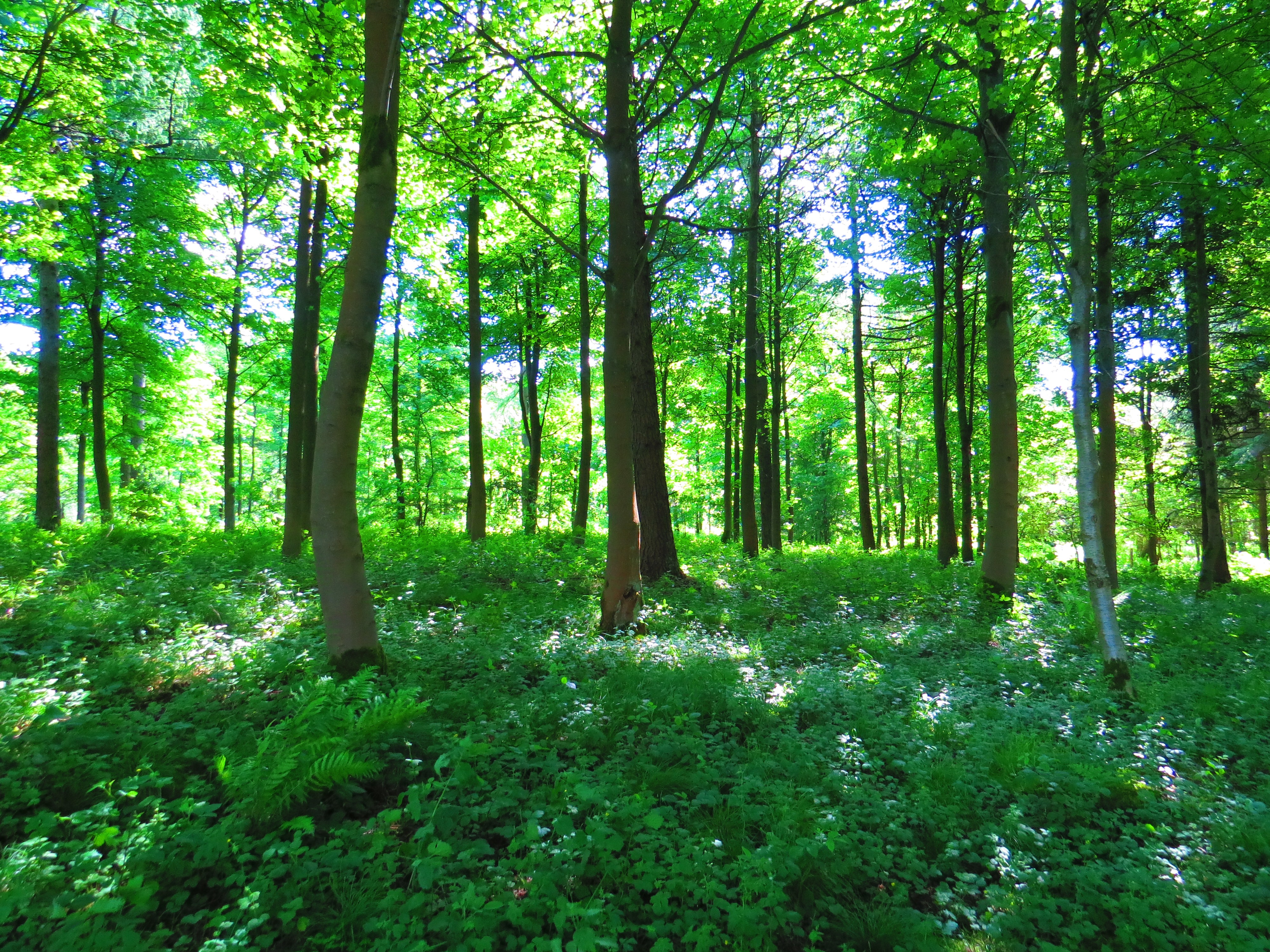Insights
Phytoremediation: An Overview
At a Glance
Traditional remediation techniques can be very disruptive to communities and habitats. It’s been estimated that by the end of this century, costs associated with environmental cleanup will approach $160 billion per year, coming from both governments and private corporations.
Phytoremediation is an up-and-coming technology that can help reduce these burdens in ways that rely on natural processes to clean in situ waste versus traditional methods. These nature-based solutions can take time but can also limit the fiscal impact on municipal and state budgets.
What Is Phytoremediation?

The term comes from the Greek word for plants ("phyto-") that can detoxify, or remediate, soil or water contaminated with heavy metals, excess minerals, or unwanted nutrients.
Phytoremediation has been used to remediate metals, pesticides, solvents, explosives, crude oil, and contaminants that may leak from landfill sites (leachates). Plants in conjunction with bacteria and fungi in the rhizosphere create associations that filter certain constituents, slowly degrade them, and/or take them up into the plant’s biomass (roots, stems, leaves) where they are repeatedly recycled into the environment. An increase in soil organic carbon, through relationships between bacteria and mycorrhizal fungi, can encourage the degradation of organic chemicals in soils. Constituents are also broken down every year, volatized through sunlight, or held in the plants biomass where it can be collected and recycled.
Phytoremediation follows several paths for remediating metals and organics:

- Phytoextraction: Metal contaminants are absorbed through the roots and move into the upper portions of the plant (stems and the leaves). Hyperaccumulators are often used in this process for their enhanced capacity to extract contaminants from their surrounding environment. The plants are then harvested and discarded appropriately. It may be possible to recover original metals from the plants, such as nickel from the sap. Metals that can be phytoextracted include zinc, lead, nickel, copper, cadmium, chrome and mercury.
- Rhizofiltration: Rhizofiltration filters water through a mass of roots to remove toxic substances or excess nutrients. Constructed wetlands used to treat wastewater and landfill leachate are examples of rhizofiltration and can even filter out radioactive metals such as uranium and radium.
- Phytostabilization: This reduces the mobility of heavy metals in soil by decreasing wind-blown dust, minimizing soil erosion, keeping stormwater off soil caps, and reducing contaminant solubility or bioavailability to the food chain.
Phytostabilization is useful at sites with shallow contamination and where contamination is relatively low. Plants that accumulate heavy metals in the roots and in the root zone, like poplars, typically are effective at depths of up to 24 inches.
- Phytodegredation: In this process, the plant absorbs and breaks down organic chemicals in contaminated soil and groundwater through its metabolic processes. Chemicals that can be “eaten” this way include methyl-tert-butyl ether, polycyclic aromatic hydrocarbons, polychlorinated biphenyl, trichloroethylene, 2,4,6-trinitrotoluene, and the total petroleum hydrocarbon.
- Phytovolatilization: Plants take up contaminants from soil and release them as volatile form into the atmosphere through transpiration. The process occurs as growing plants absorb water and organic contaminants. As water travels from the roots to the leaves along the vascular system of the plant, it is changed and modified along the way. For example, 1,4-dioxane, a probable human carcinogen, is very difficult to separate from groundwater. Plants take it up along with water and transpire it, where the sun’s UV degrades it to carbon dioxide and water within a day.
Advantages and Disadvantages of Phytoremediation

The key advantages for phytoremediation are that it’s environmentally friendly; more economical; aesthetically pleasing; and often times metals that are absorbed by the plants may be extracted and recycled. For stakeholders concerned about preserving natural beauty or limiting construction, it can be a popular alternative to conventional techniques.
The disadvantages are that it relies on the natural cycle of plants and therefore takes time and works best when the contamination is within reach of the plant roots, typically three to six feet underground for herbaceous plants and 10 to 15 feet for trees. And if the plants are part of the local food web, they may become a potential risk to the food chain if eaten.